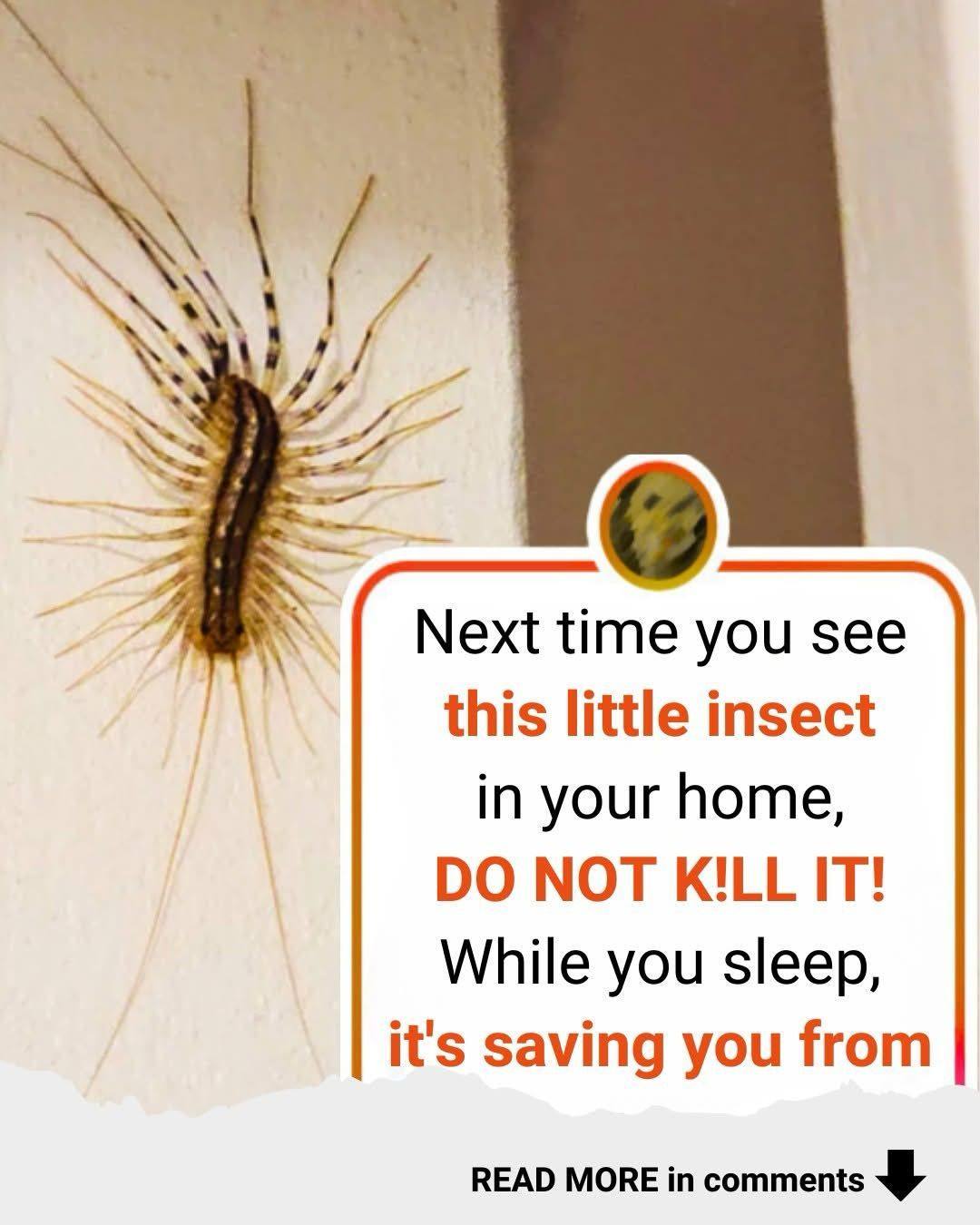ADVERTISEMENT
# Why You Should Never Ever Kill A House Centipede If You Find One Inside Of Your Home
House centipedes, with their numerous legs and swift movements, are often considered creepy or unsettling by many. If you’ve ever seen one dart across your floor, you might have instinctively reached for a slipper or a rolled-up newspaper to squash it. After all, they look like something straight out of a horror movie, don’t they? However, what many people don’t realize is that house centipedes are incredibly beneficial creatures to have in your home. Despite their frightening appearance, these multi-legged marvels play an essential role in pest control and maintaining a healthy indoor ecosystem.
In this article, we will explore the reasons why you should never kill a house centipede if you find one inside your home. From their role as natural pest controllers to their harmless nature, understanding the true value of house centipedes might just change the way you view these misunderstood creatures.
—
## Table of Contents:
1. **Understanding House Centipedes**
– What Are House Centipedes?
– How Do House Centipedes Live?
2. **House Centipedes as Natural Pest Control**
– Preying on Household Pests
– A Sustainable Approach to Pest Control
3. **House Centipedes Are Harmless to Humans**
– Myths vs. Reality: Do House Centipedes Bite?
– Are They Dangerous to Pets?
4. **The Ecological Role of House Centipedes**
– House Centipedes and Their Contribution to the Ecosystem
– Maintaining Balance in the Home Environment
5. **Why You Shouldn’t Kill a House Centipede**
– They Don’t Harm Your Home
– Benefits of Coexisting with House Centipedes
6. **How to Manage House Centipedes if They’re in Your Home**
– How to Safely Relocate House Centipedes
– Preventing House Centipedes from Invading
7. **Conclusion: Embrace the House Centipede**
—
## 1. **Understanding House Centipedes**
### **What Are House Centipedes?**
House centipedes (Scutigera domestica) are long, thin arthropods with up to 15 pairs of legs. While their appearance may seem unnerving—especially when they scurry quickly across the floor—house centipedes are not insects but rather myriapods, a class of arthropods that also includes millipedes and centipedes. They are native to areas with warm climates, though they are now found all around the world.
Unlike many other pests, house centipedes are incredibly fast movers, capable of running at speeds of up to 1.3 feet per second, which gives them the ability to evade predators and hunt for prey. Their long legs and segmented bodies help them maneuver with ease, which is crucial for their survival.
### **How Do House Centipedes Live?**
House centipedes are nocturnal creatures, typically hiding in dark, damp places during the day. They prefer locations like basements, bathrooms, attics, and kitchens—anywhere that offers them moisture and access to insects. At night, they emerge to hunt, using their sharp mandibles to capture and paralyze their prey, which often includes pests such as flies, cockroaches, ants, and termites.
House centipedes can live for a year or more, depending on the environment and availability of food. In most homes, they thrive in areas that are cool and moist, and they are most commonly found in places with high humidity. While house centipedes do not build nests or webs, they often return to the same hiding spots night after night.
For Complete Cooking STEPS Please Head On Over To Next Page Or Open button (>) and don’t forget to SHARE with your Facebook friends
